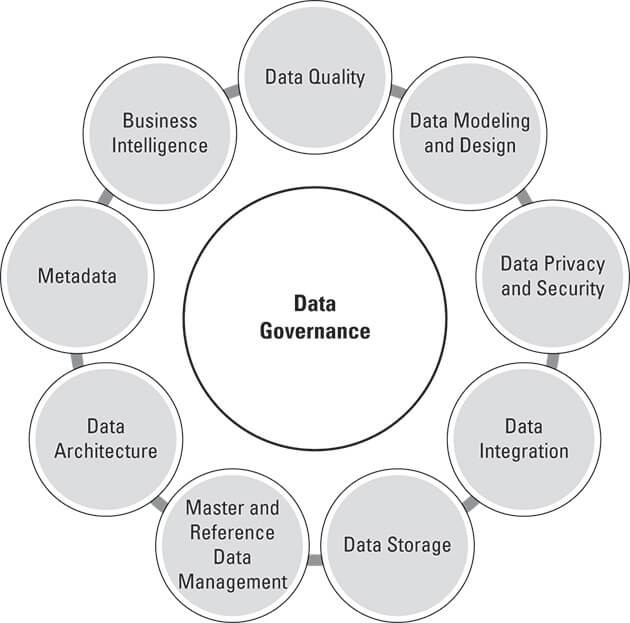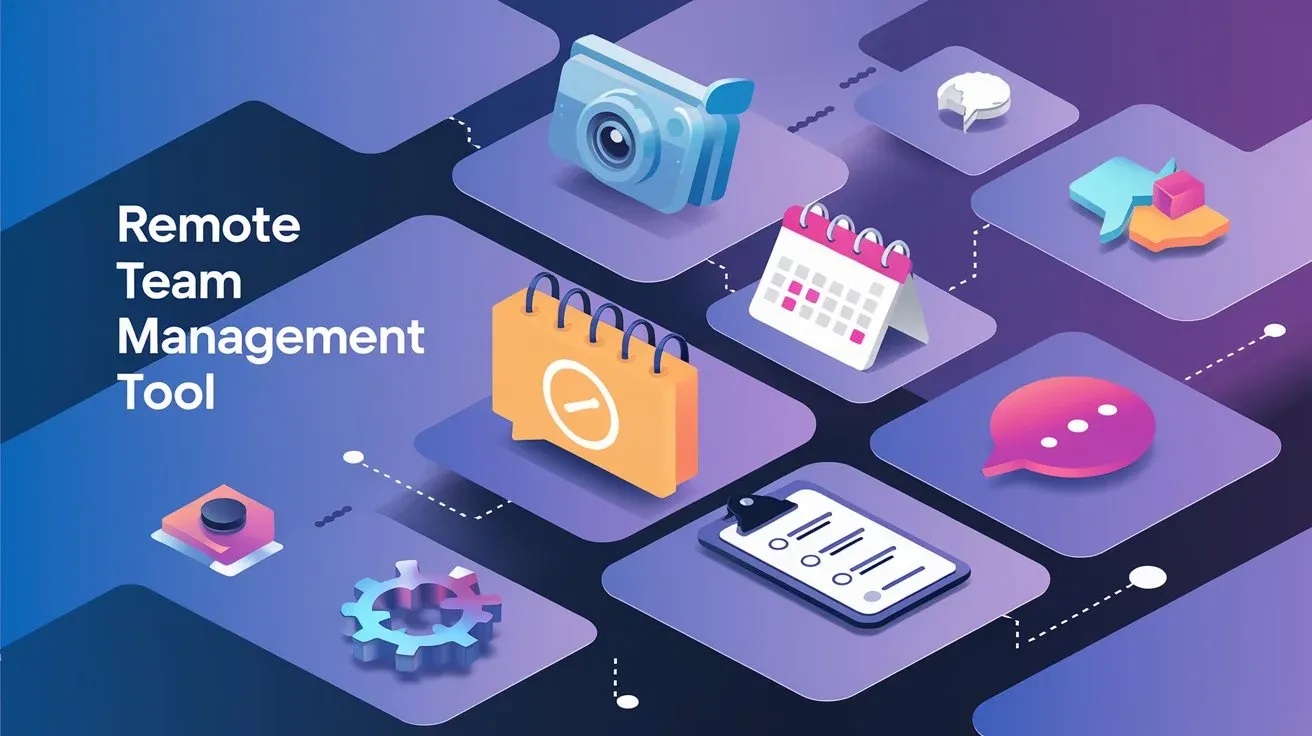Digital transformation trends in retail are shaping how stores operate, how customers shop, and how businesses grow. These changes affect pricing, customer service, delivery, inventory, and the entire sales experience. Understanding these trends is important for business owners, managers, and customers alike.
What Are the Current Digital Transformation Trends in Retail?
Digital tools are changing retail at every level. Below are the key trends, how they work, and what to expect in 2025 and beyond.
1. AI-Powered Personalization
Retailers use AI to recommend products based on customer behavior.
Benefits:
- Increases sales by showing products that people are more likely to buy
- Reduces time spent searching for items
Drawbacks:
- AI may suggest irrelevant items if data is incorrect
- Can lead to over-targeting and ad fatigue
“AI helps stores act like good salespeople. It watches what shoppers do, learns from them, and then offers help,” says Tamer Badr, owner of Singleclic, a digital solutions company.
2. Omnichannel Integration
Omnichannel means selling across multiple platforms—online, mobile apps, social media, and physical stores—with a single, unified experience.
Benefits:
- Shoppers can buy where and how they want
- Builds stronger customer relationships
Drawbacks:
- Expensive to maintain multiple systems
- Hard to keep stock levels updated in real time across all channels
3. Smart Checkout Systems
Automated checkouts, mobile payments, and self-service kiosks are becoming common.
Benefits:
- Reduces wait times
- Frees up staff to help with other tasks
Drawbacks:
- Some customers prefer traditional checkout
- High initial setup costs
4. Real-Time Inventory Management
Retailers use IoT devices and cloud software to track inventory instantly.
Benefits:
- Prevents stockouts and overstocking
- Helps customers see what’s in stock before visiting
Drawbacks:
- Devices can fail or give wrong readings
- Staff must be trained on new tools
5. Sustainable Digital Practices
Retailers use digital tools to track carbon footprints, reduce packaging, and manage returns.
Benefits:
- Reduces waste
- Attracts eco-conscious customers
Drawbacks:
- Some practices may increase operational costs
- Not all customers value sustainability equally
6. Voice and Visual Search
Shoppers use voice assistants and image searches to find products.
Benefits:
- Easier for people with limited literacy or tech skills
- Speeds up the search process
Drawbacks:
- Not always accurate
- May require updates to product listings
People Are Always Asking: “Why Is Retail Changing So Fast?”
This question comes up a lot. The short answer is: Customers expect more. They want faster service, better options, and easier ways to shop. Technology allows stores to meet those needs—but only if they keep up.
“Customers today don’t wait. They compare, click, and decide fast. Stores that don’t upgrade fall behind,” adds Tamer Badr from Singleclic.
Top Services Driving Change in Retail
Here are the services that are making the biggest impact, with both their benefits and limits:
1. Shopify
- Easy to set up an online store
- Works with many apps and tools
Limitations:
- Monthly fees can add up
- Custom features may require developers
2. Salesforce Commerce Cloud
- Strong for large businesses with complex needs
- Supports AI and marketing tools
Limitations:
- Expensive for small retailers
- Can be hard to learn
3. Square POS
- Good for small stores and pop-ups
- Easy mobile payments and reports
Limitations:
- Limited tools for growing businesses
- Add-on fees can grow over time
4. Zebra Technologies
- Tracks products in real time
- Good for stores with large stock
Limitations:
- Hardware costs can be high
- Needs training to use well
Key Stats to Know
- 74% of customers expect personalized service online (Salesforce, 2024)
- 67% of shoppers use more than one channel before buying (Harvard Business Review, 2024)
- Retailers using real-time inventory saw a 30% boost in efficiency (Gartner, 2023)
Quick Tips for Adopting Retail Tech
- Start small. Pick one area—like inventory or checkout—and upgrade.
- Train staff. Tools work best when people know how to use them.
- Check customer feedback. Make sure your tech improves their experience.
- Review costs. Some tools have hidden fees.
- Keep updating. Technology changes fast. Regular updates matter.
Reviews From Retailers
Lina M., Clothing Store Owner:
“Adding mobile checkout cut down lines. Customers are happy, and staff are less stressed.”
Raj D., Electronics Retailer:
“We used AI to suggest products online. Sales went up. But we had to tweak the algorithm to make it show better items.”
Marta L., Bookstore Manager:
“Inventory tools helped us keep the right books in stock. But setup took longer than expected.”
FAQ
Q: Is digital transformation expensive for small shops?
A: It can be, but many tools offer entry-level plans. Start with low-cost options like Square or Shopify Basic.
Q: How can I know if the tech is working?
A: Track sales, returns, and customer reviews. If they improve, your tools are helping.
Q: Do customers really care about these upgrades?
A: Yes. People notice faster service, better stock levels, and helpful product suggestions.
Final Thoughts
Digital transformation trends in retail are not just about new tools. They’re about better ways to serve customers, manage stock, and grow. Each trend has clear benefits and some trade-offs. Retailers need to pick the right tools for their size, budget, and customer needs.
As Tamer Badr of Singleclic puts it:
“Digital tools help good stores become great. But you must choose wisely and use them well.”









